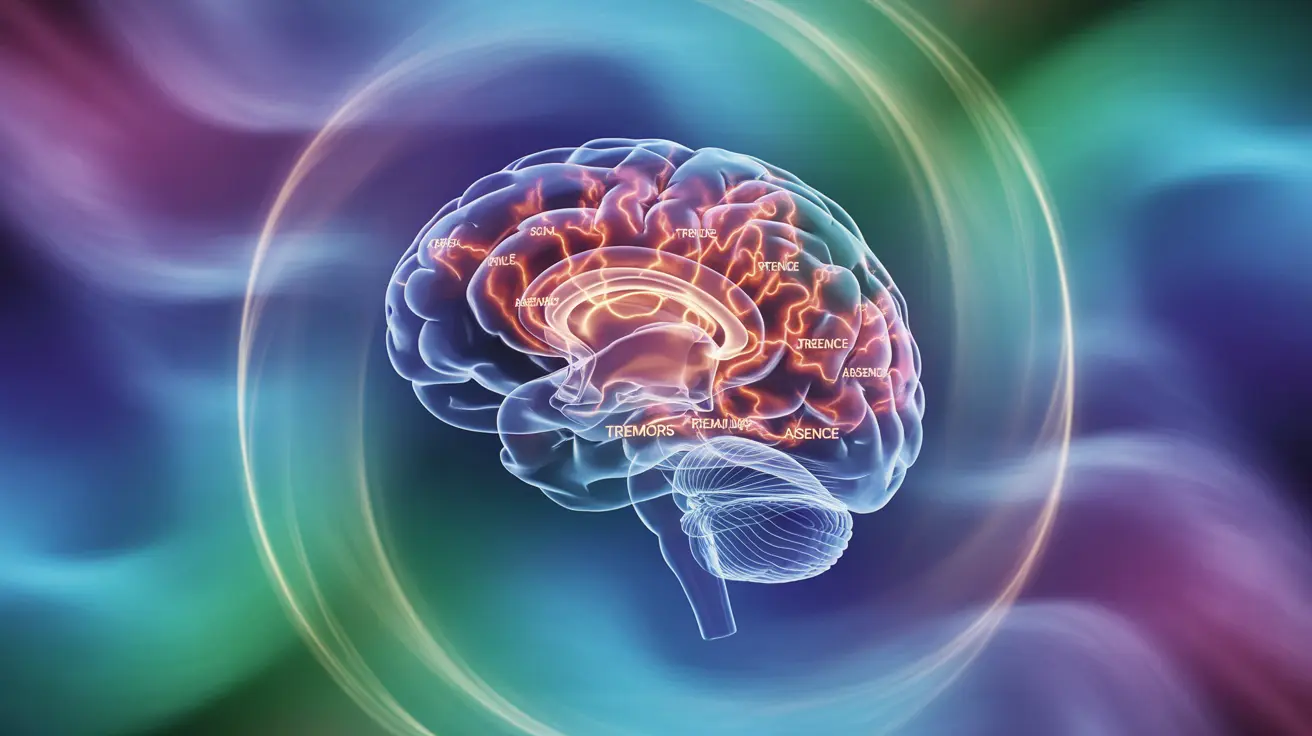For individuals living with Parkinson's disease and their caregivers, distinguishing between normal symptoms and potential seizure activity can be challenging yet crucial. While Parkinson's disease primarily affects movement, understanding its relationship with seizures and knowing how to identify each condition's unique characteristics is essential for proper care and management.
This comprehensive guide explores the connection between Parkinson's disease and seizures, offering valuable insights into recognition, differential diagnosis, and appropriate responses to concerning symptoms.
The Relationship Between Parkinson's Disease and Seizures
Research indicates that individuals with Parkinson's disease may have a slightly elevated risk of experiencing seizures compared to the general population. This connection stems from several factors, including changes in brain chemistry, medication interactions, and the progressive nature of the disease itself.
Understanding the Neural Connection
Both Parkinson's disease and seizures involve disruptions in normal brain activity, though they affect different neural pathways and manifest differently. While Parkinson's primarily impacts movement-controlling regions, seizures can arise from various areas of the brain, leading to distinct symptoms and presentations.
Distinguishing Characteristics: Parkinson's vs. Seizures
Visual Signs of Parkinson's Disease
Parkinson's disease typically presents with characteristic symptoms that include:
- Rhythmic tremors, especially when at rest
- Slow, rigid movements
- Changes in posture and balance
- Gradual onset of symptoms
- Consistent pattern of movement difficulties
Visual Signs of Seizures
Seizure activity often shows distinctly different characteristics:
- Sudden onset of symptoms
- Loss of consciousness (in some cases)
- Irregular, jerking movements
- Brief duration (typically 1-3 minutes)
- Post-seizure confusion or fatigue
Medication Considerations and Risk Factors
Some Parkinson's medications may influence seizure threshold levels. It's important to understand that:
- Certain medications may need adjustment if seizures occur
- Drug interactions should be carefully monitored
- Regular medication reviews with healthcare providers are essential
- Some treatments may help prevent both conditions' symptoms
Guidelines for Caregivers
Caregivers play a crucial role in monitoring and responding to potential seizure activity. Key responsibilities include:
- Maintaining detailed records of unusual episodes
- Recording videos of concerning events when safe to do so
- Communicating effectively with healthcare providers
- Learning proper seizure first-aid techniques
Frequently Asked Questions
Can Parkinson's disease cause seizures or increase the risk of having them?
Yes, Parkinson's disease can potentially increase the risk of seizures, though this is not extremely common. The relationship may be due to changes in brain chemistry, medication effects, or the progression of the disease itself.
What are the key differences between Parkinson's symptoms and epileptic seizures to look for?
Parkinson's symptoms typically include regular, rhythmic tremors and gradual movement changes, while seizures are characterized by sudden onset, irregular movements, and potential loss of consciousness. Parkinson's symptoms are usually consistent and ongoing, while seizures are episodic events.
How do medications for Parkinson's disease affect the likelihood of seizures?
Some Parkinson's medications may affect seizure threshold levels. Regular monitoring and medication adjustments by healthcare providers can help manage this risk. It's important to report any unusual symptoms or episodes to your doctor.
What should caregivers do if they notice seizure-like episodes in someone with Parkinson's?
Caregivers should ensure the person's safety, document the episode's characteristics, timing, and duration, and if possible, record video of the event. Contact healthcare providers promptly to report new or unusual symptoms.
Are there videos or visual signs that can help distinguish seizures from Parkinson's symptoms?
Yes, educational videos and visual guides are available through medical centers and Parkinson's organizations that demonstrate the differences between Parkinson's symptoms and seizure activity. These resources can help caregivers better identify concerning episodes.




